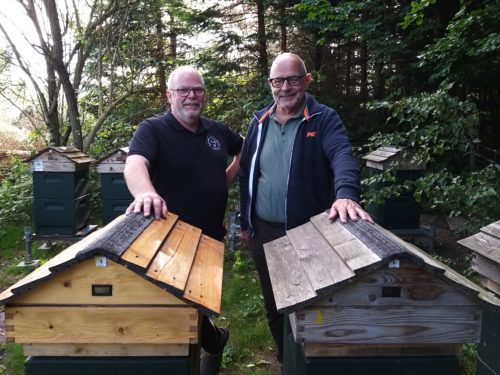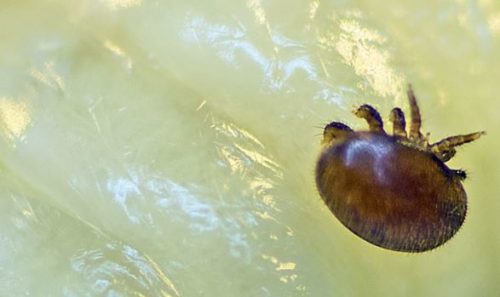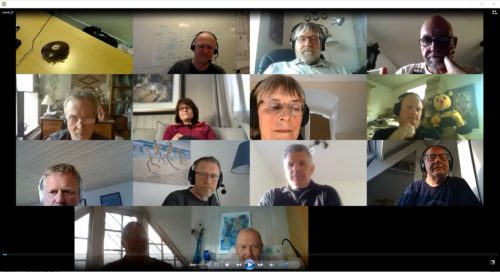
In the former blogs you can read and understand the importance of the APIStrips in the INSIGNIA project. A strip that does collect the pesticides in the hives brought home by the foraging bees. One of the exciting success of the INSIGNIA project last year. We did test a lot of strips in the 4 countries last year.
New strips were produced this year and you could say with small improvement, but very important improvements. Improvements that make the strip easy to handle for the beekeeper.
The first strips last year were bended, rounded. Difficult to explain, but you could say the strip did fill up the whole bee space. Was a bit difficult to get down between the bee frames. This year they are perfect in shape. Straight, flat. Just easy, easier to insert in the colony.
And another feature is that in the new strips, the Tenax does not cover all the strip. So that you as user can touch the strip and in this way, it is again more easy and more safe to handle the strip. No contamination.
Small things, but the success is in the small details. This year strip is better and easier and safer to handle. Well done.
Flemming Vejsnæs













